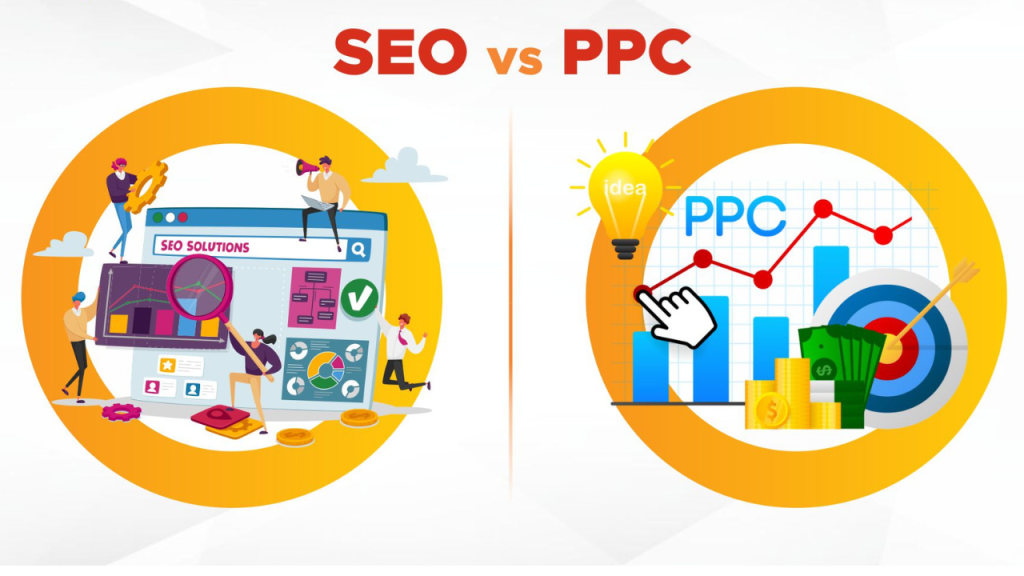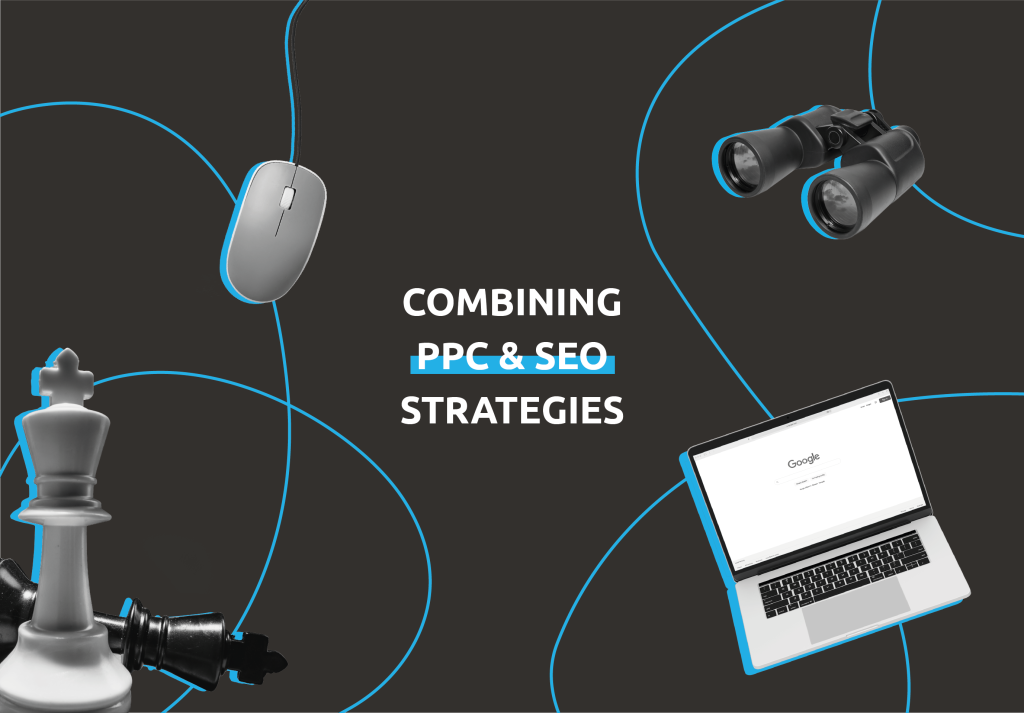SEO vs Paid Click: What’s the Difference?
In today’s digital landscape, businesses constantly explore ways to enhance their online presence. SEO vs Paid Click is a crucial debate, as both strategies aim to boost a website’s visibility on search engines and drive traffic effectively. Understanding the difference between these two strategies helps businesses make informed decisions on how to allocate marketing resources and achieve the best return on investment (ROI).

What is SEO
SEO, or Search Engine Optimization, involves optimizing a website to rank higher in organic (non-paid) search results. SEO efforts include using relevant keywords, creating high-quality content, improving site speed, and ensuring a user-friendly experience. The primary goal is to make the site more attractive to search engines like Google, helping it appear in top search results for related queries.
What is Paid Click?
Paid Click (PPC), also known as Pay-Per-Click, is a digital advertising strategy where businesses pay a fee each time their ad is clicked. These ads appear at the top or bottom of search engine result pages (SERPs) and on social media platforms. PPC ensures immediate visibility for businesses bidding on specific keywords, providing instant exposure compared to the gradual results of SEO. To learn more about how paid search works, visit Google’s article on paid search.
Benefits of SEO: Long-Term Success
SEO offers several long-term benefits that make it a valuable strategy:
Cost-Effectiveness
Once your website ranks well, organic traffic becomes essentially free, making SEO a cost-effective strategy compared to ongoing PPC expenses.
Credibility and Trust
Websites that rank organically are often viewed as more trustworthy by users, who may skip paid ads and focus on organic results.
Sustainable Results
While SEO takes time, its results are long-lasting. Regular updates and adherence to SEO best practices ensure your site continues to perform well.
Broad Reach
SEO allows you to attract users at different stages of the buying process, from research to purchase.
Benefits of Paid Click: Immediate Impact
PPC offers quick results, making it an ideal choice for businesses with immediate needs:
Instant Visibility
PPC campaigns provide instant exposure, making them perfect for new businesses or time-sensitive promotions.
Targeted Advertising
PPC allows businesses to target specific demographics, locations, and times, ensuring ads are shown to the right audience.
Measurable Performance
PPC campaigns offer detailed metrics, helping businesses track ROI and optimize their campaigns effectively.
Flexibility and Scalability
PPC campaigns can be adjusted or paused anytime, offering agility in response to business needs.
Choosing Between SEO and Paid Click
When deciding between SEO vs Paid Click, consider these factors:
Long-Term vs Short-Term Goals
SEO is ideal for long-term growth, while PPC offers quick wins for short-term needs.
Budget Constraints
SEO is more cost-effective over time, while PPC requires ongoing investment but delivers faster results.
Industry Competition
In highly competitive industries, PPC can provide visibility while you work on improving SEO rankings.
User Intent
SEO attracts users in the research phase, while PPC captures those ready to make a decision.
Combining SEO and Paid Click for Maximum Impact

A hybrid approach allows you to leverage the strengths of both strategies:
Support SEO with PPC
Use PPC for high-converting keywords g building organic rankings for long-term gains.
Optimize SEO with PPC Data
Insights from PPC campaigns can help refine your SEO strategy.
Reach All Customer Stages
SEO attracts early-stage users, while PPC targets those ready to convert.
Conclusion: Making the Right Choice
Both SEO and Paid Click are powerful strategies. Choosing the right one depends on your business goals, budget, and timeline. A combination of both is often the best approach, ensuring sustained growth and immediate visibility. By staying informed and continuously optimizing your efforts, you can achieve the best outcomes for your business.